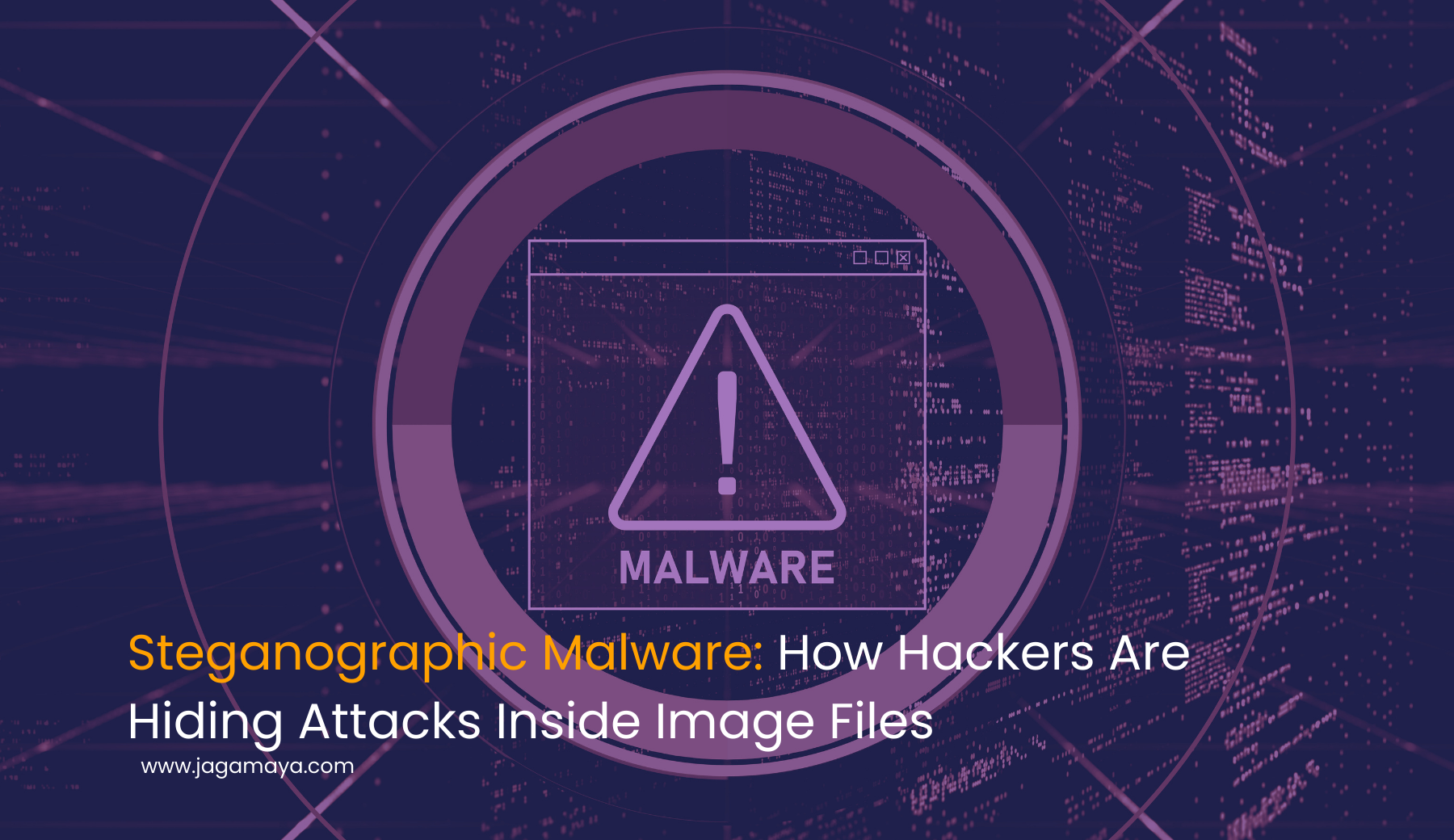Cybercriminals Are Now Using JPEG Images to Launch Malware Attacks
In a new and highly sophisticated cyber threat, hackers are exploiting steganography—a technique that hides malicious code inside seemingly harmless image files. Recent reports reveal that cybercriminals are embedding malware inside JPEG images, allowing them to bypass traditional security defenses and infect systems undetected.
This alarming technique raises concerns about the security of data centers, enterprises, and individual users. Organizations must take proactive measures to defend against these evolving threats.
What Is Steganographic Malware?
Steganography is the practice of concealing information within other non-suspicious data, such as images, videos, or audio files. In this case, hackers are using JPEG images as a carrier to deliver malicious payloads. Unlike traditional malware that is detected through signature-based scanning, steganographic malware remains hidden because it appears as a normal image file.
How Does Steganographic Malware Work?
- Embedding the Payload – Hackers encode a malicious script or command into a JPEG file using steganographic tools. This code is not visible to the human eye or conventional antivirus software.
- Delivery & Execution – The infected image is delivered through phishing emails, malicious ads, or compromised websites. When a user downloads or interacts with the image, the malware is extracted and executed.
- Compromising the System – Once activated, the malware can install keyloggers, ransomware, or backdoors, enabling attackers to steal sensitive data or gain control over a system.
Why Is This Attack Dangerous?
- Evasion of Security Measures – Since the malware is hidden inside a legitimate-looking image, it can evade traditional antivirus and endpoint detection systems.
- Easy Distribution – Cybercriminals can spread these images through social media, file-sharing platforms, and email attachments, increasing the attack surface.
- Widespread Impact – Businesses, government agencies, and critical infrastructure are all vulnerable to this type of attack, especially if they rely on outdated security measures.
How Can Organizations Protect Against Steganographic Malware?
1. Implement AI-Powered Threat Detection
Traditional antivirus solutions may fail to detect these hidden threats. Instead, organizations should deploy AI-driven cybersecurity solutions—such as JagaMaya’s Advanced Threat Detection—to analyze and identify anomalies in file structures and network traffic.
2. Use Content Filtering & Sandboxing
Security teams should use sandboxing technology to scan and analyze image files before they are downloaded or opened. This can help identify suspicious payloads embedded within images.
3. Strengthen Email & Web Filtering Policies
Since phishing emails and malicious ads are common distribution methods, organizations should implement advanced email security tools and block high-risk domains that distribute steganographic malware.
4. Train Employees on Cyber Threat Awareness
Human error remains a significant factor in cybersecurity breaches. Organizations should educate employees on recognizing social engineering tactics, suspicious attachments, and unknown image files.
5. Regular Security Audits & Vulnerability Assessments
Conducting routine cybersecurity audits can help organizations identify potential weaknesses in their infrastructure. JagaMaya’s Cyber Risk Assessment Services can assist in identifying and mitigating vulnerabilities before they are exploited.
JagaMaya: Protecting Enterprises from Advanced Cyber Threats
As cyber threats evolve, so must our defense strategies. JagaMaya offers cutting-edge cybersecurity solutions, including:
- Real-time Threat Monitoring & Incident Response
- AI-Powered Security Analysis for Anomaly Detection
- Cyber Risk Assessments & Penetration Testing
- Advanced Email Security & Anti-Phishing Solutions
With the rise of steganographic malware, businesses must act proactively to secure their networks. Contact JagaMaya today to strengthen your organization’s cybersecurity and prevent hidden threats from compromising your systems.


Leave a Reply